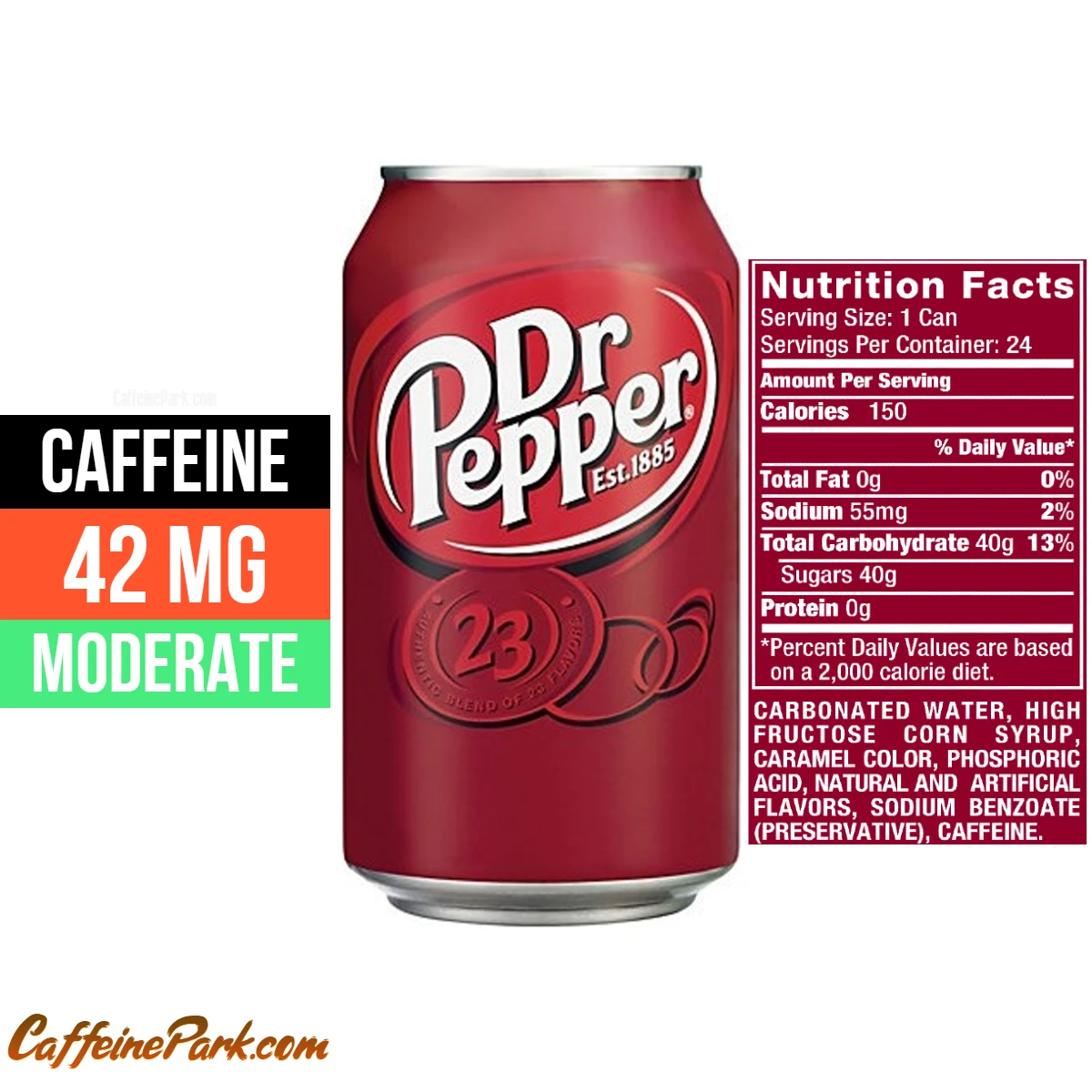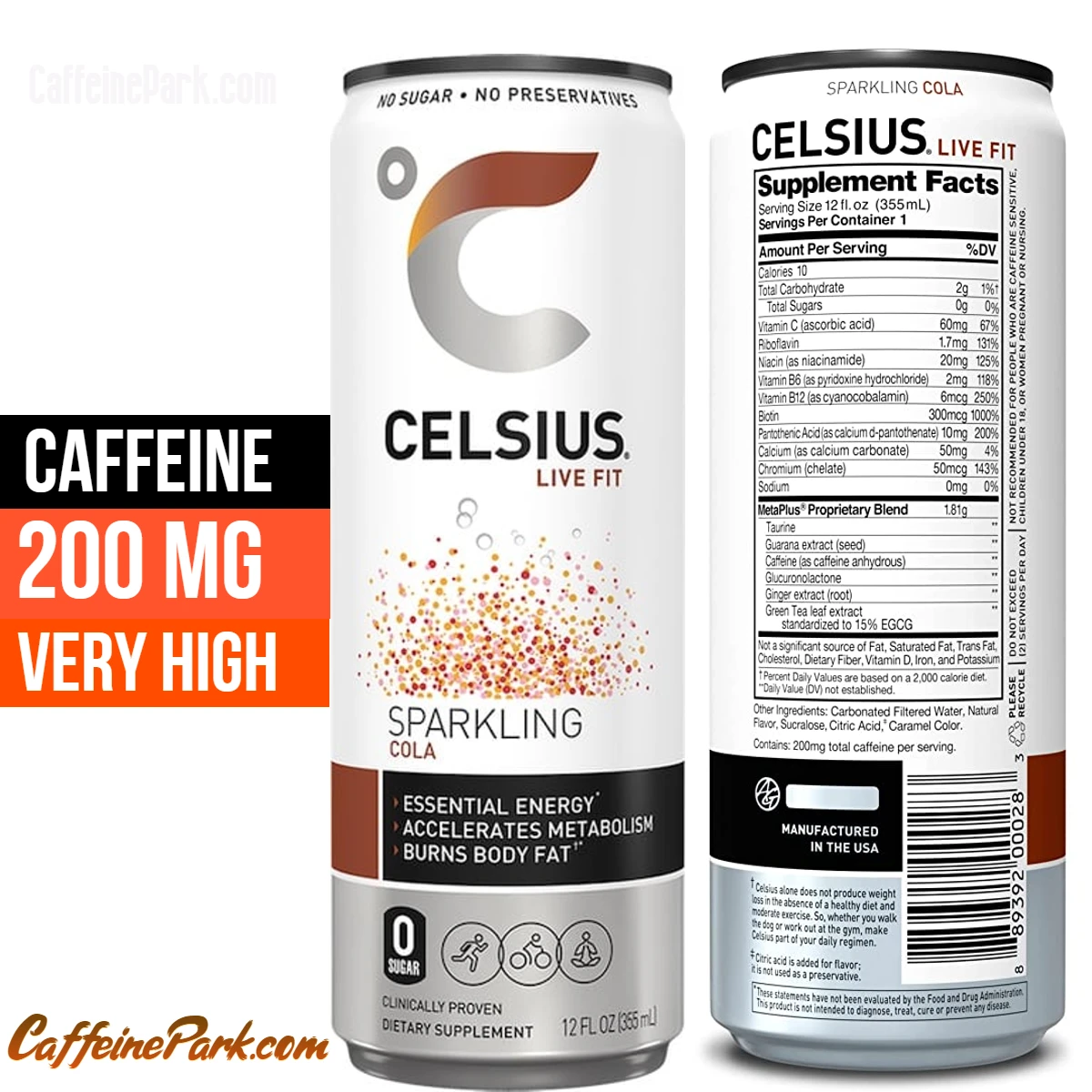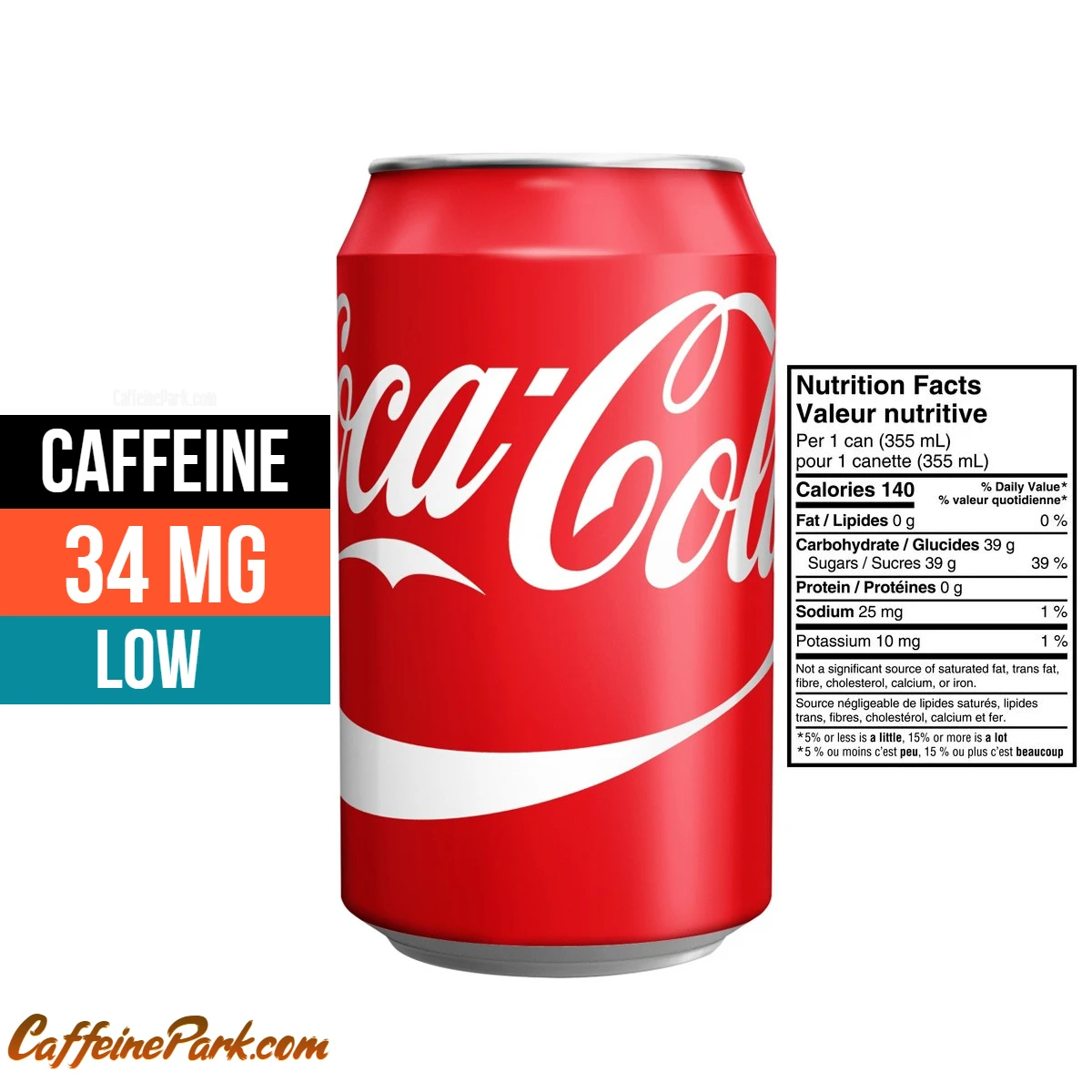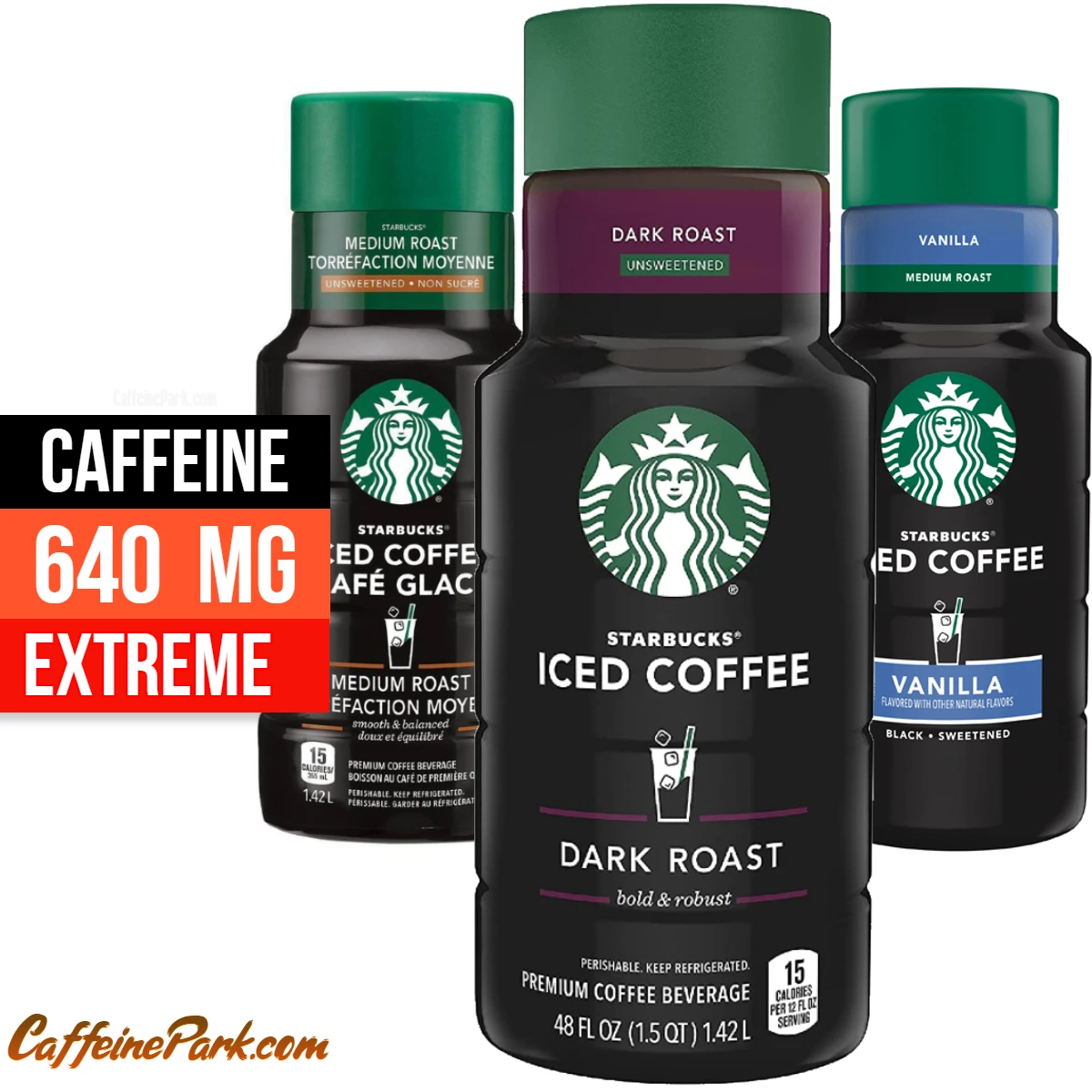
Oolong tea is a type of Chinese tea that falls between green and black tea in terms of oxidation. It is often referred to as “semi-fermented” or “semi-oxidized” tea. The leaves are processed differently than both green and black tea, and as a result, oolong tea has a unique flavor profile that is different from other types of tea. It is known for its floral aroma and smooth, complex taste. Oolong tea is traditionally grown in China, Taiwan, and other parts of East Asia, and is believed to have health benefits such as reducing the risk of heart disease and promoting weight loss.
Oolong tea does contain caffeine. The amount of caffeine in oolong tea can vary depending on the type of oolong tea, the growing conditions, and the processing methods. On average, an 8 fl oz cup of oolong tea contains 37 milligrams of caffeine, which is considered to be a low amount of caffeine. However, as you pointed out, the caffeine content can vary depending on the variety of Oolong tea and brand, for example, Pu-erh Oolong contains 41.6 milligrams of caffeine per 8 fl oz cup.
It’s important to note that serving size, brewing time and the number of leaves used can also affect the caffeine content of the tea. In general, the longer the steeping time and the more leaves used, the higher the caffeine content will be.
It’s also important to consider that some people may be more sensitive to caffeine than others. If you are sensitive to caffeine, it’s best to consume oolong tea in moderate amounts or to choose decaffeinated versions.
Does Oolong tea have caffeine?
Yes, Oolong Tea contains caffeine of 37 mg per 8 fl oz cup. Oolong contains 4.62 mg of caffeine per fl oz (15.64 mg per 100 ml).
| Serving size | Caffeine Amount | Caffeine strength |
|---|---|---|
| 100ml | 15.6 mg | LOW |
| 8 fl oz cup | 37 mg | LOW |
| 12 fl oz cup | 55.5 mg | MODERATE |
- Caffeine Amount: 37 mg
- Caffeine strength: LOW
- Calories: 0 kcal
- Serving size: 8 fl oz cup
Caffeine in Oolong Tea Brand variations
Caffeine content varies depending on the variety of Oolong tea tested. This was reported by the Journal of Food Science in 2005.
| Oolong Tea Brand | Size (fl.oz. using 2g tea) | Caffeine |
|---|---|---|
| Pu-erh Oolong (Stash) | 8 fl oz | 41.6 mg |
| Tea Ren Oolong | 8 fl oz | 16.6 mg |
| China Oolong (Stash) | 8 fl oz | 33.4 mg |
| Exotica Champagne Oolong (Stash) | 8 fl oz | 55.4 mg |
Comparison of Caffeine in Oolong Tea
| Hot Drinks | Serving Size (fl oz) | Caffeine (mg) |
|---|---|---|
| Oolong tea | 8 fl oz | 37mg |
| Teas’ Tea Oolong | 16.9 fl oz | 70mg |
| Black tea | 8 fl oz | 42mg |
| Matcha tea | 8 fl oz | 64mg |
| Green tea | 8 fl oz | 25-50mg |
| Yellow Tea | 8 fl oz | 64mg |
| Lipton Tea | 8 fl oz | 50mg |
| Chai Tea | 8 fl oz | 50mg |
Review
Oolong tea is a unique type of Chinese tea that falls between green and black tea in terms of oxidation. It is often referred to as “semi-fermented” or “semi-oxidized” tea and is known for its unique flavor profile and many health benefits. In this comprehensive guide, we will explore the history, production, and health benefits of oolong tea, as well as how to properly brew and enjoy it.
History
Oolong tea has a rich history that can be traced back to the Ming Dynasty in China (1368-1644). According to legend, a tea farmer in the Fujian province of China discovered oolong tea by accident when he left a batch of tea leaves to dry in the sun. When he returned, he found that the leaves had partially oxidized and had a unique flavor profile. He shared this discovery with other tea farmers, and oolong tea soon became a popular type of tea in China.
Over time, oolong tea production spread to other parts of China and Taiwan, where it is still produced today. In the 19th century, oolong tea was introduced to the West and has since become a popular type of tea around the world.
Production of Oolong Tea
The production of oolong tea is a complex process that involves several steps. The first step is to pluck the tea leaves from the Camellia sinensis plant. The leaves are then withered in the sun to reduce their moisture content. Next, the leaves are bruised and shaken to encourage oxidation. This is where oolong tea gets its unique flavor profile – the leaves are only partially oxidized, which sets it apart from both green and black tea.
After the desired level of oxidation is achieved, the leaves are rolled and shaped. The final step is to dry the tea leaves to stop the oxidation process. The leaves are then sorted and packaged for sale.
Oolong tea is known for its unique flavor profile, which is different from other types of tea. The flavor can range from floral and delicate to fruity and woodsy, depending on the specific type of oolong tea.
Taste and Flavor
Taste and flavor are closely related but distinct concepts in the world of food and drink. Taste refers to the basic sensations of sweet, sour, salty, bitter, and umami (savory) that are detected by the taste buds on the tongue. Flavor, on the other hand, refers to the combination of taste, aroma, and texture that creates the overall sensory experience of a food or drink.
When it comes to oolong tea, the taste is generally described as smooth and complex, with a balance of floral, fruity, and woodsy notes. The flavor of oolong tea can vary depending on the specific type, as well as the growing conditions, processing methods, and storage of the leaves.
The aroma also plays an important role in the flavor of oolong tea, adding a floral and delicate aspect to the tea. This is due to the partial oxidation of the leaves during the production process, which allows the tea to retain some of the natural aromas of the leaves.
When brewing oolong tea, it is important to pay attention to the temperature of the water and the steeping time, as these can affect the taste and flavor of the tea. A water temperature of 185-205°F (85-96°C) and a steeping time of 2-5 minutes are generally recommended. Additionally, oolong tea can be infused multiple times, with each infusion producing a slightly different flavor profile.
Price and Serving Sizes
The price of oolong tea can vary depending on several factors, including the quality of the leaves, the type of oolong tea, and where it is sourced from. In general, high-quality, premium oolong teas can be more expensive than lower-quality teas.
Oolong tea from China and Taiwan tends to be more expensive due to the reputation and tradition of producing high-quality tea in these regions. Teas from other regions, such as India, may be less expensive. The type of oolong tea can also affect the price, with some types, such as Tie Guan Yin, being more expensive than others.
When it comes to serving sizes, a standard serving size for oolong tea is around 8-10 oz (240-300 ml) per serving. This serving size can vary depending on personal preference and the strength of the tea. A serving size of 1-2 tsp (2-4 grams) of loose-leaf oolong tea per 8-10 oz (240-300 ml) of water is a good starting point.
It is worth noting that oolong tea can be brewed multiple times, so you can use the same leaves for multiple servings, this will affect the price per serving.
In general, oolong tea is considered a relatively affordable luxury, and it is a good value for money, especially when compared to other premium teas or coffee.
Ingredients and Nutrition
Oolong tea is made from the leaves of the Camellia sinensis plant, which is the same plant used to make green tea and black tea. The leaves are partially oxidized during the production process, which gives oolong tea its unique flavor profile.
In terms of nutrition, oolong tea is a good source of antioxidants, which can help protect the body against damage from free radicals. Oolong tea is also a good source of caffeine, which can help increase mental alertness and energy.
Some of the key compounds found in oolong tea include:
- Catechins: These are antioxidants that have been shown to help with weight loss, lower cholesterol levels, and improve heart health.
- Theanine: This is an amino acid that can help reduce stress and improve mental focus.
- Polyphenols: These are antioxidants that can help protect the body against damage from free radicals.
- Fluoride: Oolong tea contains a small amount of fluoride, which can help strengthen teeth and prevent cavities.
It is worth noting that the exact nutritional content of oolong tea can vary depending on the type of tea, the growing conditions, and the processing methods. Additionally, added ingredients such as sugar, milk, or honey can affect the nutritional value of the tea.
Overall, oolong tea is considered a relatively healthy beverage, and it is a good alternative for people looking for a low-calorie drink.
Comparison to other
Oolong tea is unique in that it falls between green and black tea in terms of oxidation. This means that it has a flavor profile that is different from both green and black tea.
- Green tea is made from leaves that are quickly steamed or pan-fried to prevent oxidation. As a result, green tea has a lighter, more vegetal flavor than oolong tea. Green tea is also known for its high levels of antioxidants and its potential health benefits, such as reducing the risk of heart disease and certain types of cancer.
- Black tea is made from leaves that are fully oxidized, which gives it a stronger, more robust flavor than oolong tea. Black tea is also known for its high levels of caffeine and its potential health benefits, such as improving heart health and reducing the risk of stroke.
- White tea is made from the youngest leaves of the Camellia sinensis plant, which are minimally processed, it’s lightly fermented and dried. White tea has a delicate, subtle flavor and it’s considered the least processed of all teas, it’s also known for being high in antioxidants and polyphenols, which have a range of health benefits.
- Pu-erh tea is a unique type of tea that is fermented and aged, it’s known for its rich, earthy flavor and its potential health benefits, such as aiding weight loss and improving heart health. Pu-erh tea is only produced in China, and it’s considered a rare and exclusive tea.
In summary, Oolong tea has a unique flavor profile that is different from green, black, white, and Pu-erh tea. It’s characterized by its floral, fruity, and woodsy notes and it’s known for its health benefits, such as weight loss and lower risk of heart disease. Each type of tea has unique characteristics and health benefits, and it’s worth trying different types to find the one that best suits your taste and preferences.
Health Benefits
Oolong tea is known for its many health benefits, which include:
- Weight loss: Oolong tea contains catechins, which are antioxidants that have been shown to help with weight loss.
- Lower risk of heart disease: Oolong tea can help lower cholesterol levels and improve heart health.
- Increased mental alertness: Oolong tea contains caffeine, which can help increase mental alertness.
- Improved digestion: Oolong tea can help improve digestion and reduce bloating.
- Lower risk of type 2 diabetes: Oolong tea can help lower blood sugar levels and improve insulin sensitivity.
- Anticancer properties: Oolong tea has also been shown to have anticancer properties, which may help prevent certain types of cancer.
Pros and Cons
Pros
- Rich flavor profile: Oolong tea has a unique flavor profile that is different from other types of tea, with notes of floral, fruity, and woodsy.
- Health benefits: Oolong tea is known for its many health benefits, including weight loss, lower risk of heart disease, increased mental alertness, improved digestion, lower risk of type 2 diabetes, and anticancer properties.
- Long shelf-life: Oolong tea can last for several years if stored properly, making it a good value for money.
- Multiple infusions: Oolong tea leaves can be infused multiple times, with each infusion producing a slightly different flavor profile.
- Low in caffeine: Oolong tea contains lower levels of caffeine than black tea or coffee, making it a good alternative for people who are sensitive to caffeine.
Cons
- Can be expensive: Some types of oolong tea can be more expensive than other types of tea.
- Variable quality: The quality of oolong tea can vary widely, depending on the source, the growing conditions, and the processing methods.
- Caffeine content: While Oolong tea contains lower levels of caffeine than black tea or coffee, it still contains caffeine and may not be suitable for people who are sensitive to caffeine.
- Requires proper storage: Oolong tea should be stored in a cool, dark place, away from light, moisture, and strong odors. Improper storage can affect the quality and flavor of the tea.
- Not suitable for everyone: Oolong tea may not be suitable for people who are pregnant, breastfeeding, or have certain medical conditions. It’s always recommended to consult with your healthcare provider before adding any new dietary supplement or drink to your routine.
FAQs
Oolong tea contains approximately 37 mg of caffeine per 8 fl oz cup.
The caffeine content in Oolong tea is considered moderate. It provides a gentle lift in energy without overwhelming levels of caffeine.
Oolong tea falls in the middle range when it comes to caffeine content among different tea varieties.
Yes, the actual caffeine content in Oolong tea may vary slightly depending on factors such as brewing method, water temperature, steeping time, and specific tea leaves.
Yes, Oolong tea is often chosen as a milder alternative to higher-caffeinated beverages like coffee or black tea. It provides a balanced caffeine experience.
Oolong tea is known for its potential health benefits, including improving heart health, aiding digestion, and supporting weight management. However, individual results may vary.
Absolutely! Oolong tea offers a delightful taste and aroma, allowing you to savor the tea experience while benefiting from its moderate caffeine content.
The caffeine content in Oolong tea may affect individuals differently. If you are sensitive to caffeine, it is advisable to avoid consuming Oolong tea close to bedtime to ensure a restful sleep.
What is oolong tea and how is it different from other types of tea?
Oolong tea is a type of Chinese tea that falls between green and black tea in terms of oxidation. It is often referred to as “semi-fermented” or “semi-oxidized” tea. The leaves are processed differently than both green and black tea, and as a result, oolong tea has a unique flavor profile that is different from other types of tea.
What are the health benefits of oolong tea?
Oolong tea is known for its many health benefits, which include: weight loss, lower risk of heart disease, increased mental alertness, improved digestion, lower risk of type 2 diabetes, and anticancer properties.
How do I brew and enjoy oolong tea?
Oolong tea should be brewed with water that is between 185-205°F (85-96°C) and steeped for 2-5 minutes. Oolong tea leaves can be infused multiple times, with each infusion producing a slightly different flavor profile. It is best to enjoy oolong tea without milk or sugar, as this can mask the delicate flavors of the tea.
What is the caffeine content of oolong tea?
The amount of caffeine in oolong tea can vary depending on the type of oolong tea, the growing conditions, and the processing methods. On average, an 8 fl oz cup of oolong tea contains 37 mg of caffeine, which is considered to be a low amount. However, the caffeine content can vary depending on the variety of Oolong tea and brand.
How long does oolong tea last?
Oolong tea can last for several years if stored properly. It should be stored in a cool, dark place, away from light, moisture, and strong odors. Loose-leaf oolong tea can last longer than tea bags.
Is Oolong green or black tea?
Oolong is neither a black tea nor a green tea, Oolongs are made using a process similar to making black teas. Tea masters use a variety of techniques to make the final product. Some of these techniques include fermenting, steaming, and aging. While some oolongs end up having more black tea characteristics than others, there is still a wide selection available for people who prefer different flavors.
Is oolong better than green tea?
Oolong tea has more antioxidants than green tea. Green tea is losing to oolong tea in this competition. Both teas contain antioxidants, but oolong tea has more than green tea.
Read More:





